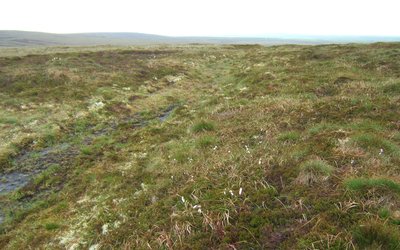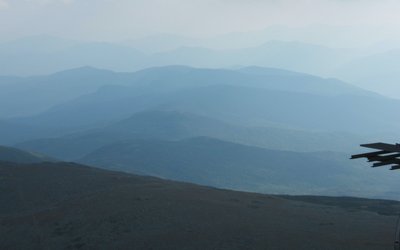Economic value loss of European forest land due to climate change.
May 21, 2013

The expected value of European forest land is expected to decrease owing to the decline of economically valuable species (such as Norway spruce, one of the major commercial tree species in Europe) in the absence of effective countermeasures.
For the whole area of Europe (excluding Russia) the species range shifts for the IPCC SRES scenarios B2, A1B and A1FI for the end of this century have been projected using four different climate model outputs per scenario. It was found that by 2100, depending on the interest rate and climate scenario applied,
- this loss varies between 14 and 50% (mean: 28% for an interest rate of 2%) of the present value of forest land in Europe, excluding Russia, and may total several hundred billion Euros;
- between 21 and 60% (mean: 34%) of European forest lands will be suitable only for a Mediterranean oak forest type with low economic returns for forest owners and the timber industry and reduced carbon sequestration;
- suitable Norway spruce habitats will be restricted to the higher elevations in central Europe and to areas in northern Sweden, Finland and Norway. For broadleaves such as oak and beech the model projects a range shift from today's ranges in western Europe (France, Netherlands, Germany) and the lower elevations in central and eastern Europe more to central, northern and north-eastern Europe.
The projected rapid decline of productive species such as Norway spruce, one of the major commercial tree species in Europe, and the associated expected rise in their wood price, may result in incentives to adapt by planting new non-European species. Many forest owners have already started to replace Norway spruce with Douglas fir, a productive, non-native and more drought-adapted species that has already been planted in Europe.
Management strategies in response to the projected climate changes include forest conversion, changing rotation times or thinning regimes.
Source: Hanewinkel et al., 2013. Nature Climate Change 3: 203-207.
Photo: Ruben Holthuijsen (www.flickr.com)








